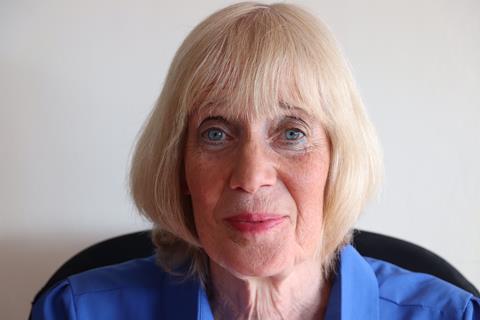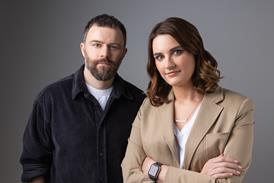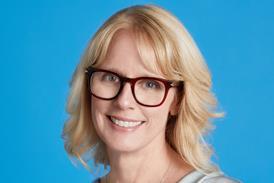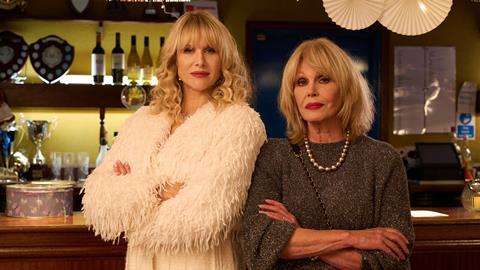A recent parliamentary report should herald a watershed moment for on-screen representation of older people, says Centre for Ageing Better chief executive Dr Carole Easton
The UK has an ageism problem. A new Women and Equalities Committee report on the rights of older people concludes that ageism is “widespread” and “culturally embedded” in our society.
The causes of this are numerous and complex and we all have a role to play in noticing and challenging ageism when we see it in action.
One of the biggest influences on how we perceive older age and ageing is the daily messaging we consume from the media.

The report by the committee of MPs states that ageist stereotyping, including portrayals of older people as frail, helpless or incompetent, or conversely as wealth-hoarding “boomers”, is highly prevalent across all UK media. This, the report finds, is a significant contributory factor to the normalisation of ageist attitudes.
Research has shown that older people are not proportionately represented on TV and when they are, their representation often constitutes a denial of older age rather than a well-rounded representation of experiences in later life. This is significant because ageism causes harm at a personal level. We come to believe the self-limiting stereotypes we see, and they shape how we feel and what we think we are capable of as we get older.
Sweeping generalisations about older people being unduly powerful and wealthy are not only inaccurate, they cause harm at a societal level, pitting generations against each other and breeding division.
Poor representation of older people on the TV and radio is reflective of the experiences of those working in the industry. Just one in four of the workforce in TV and 16% of people working in radio are aged 50+ - significantly lower than the UK working population average of 33%.
So what can be done?
One of the report’s key recommendations is that media regulators should “take steps to strengthen their respective regulatory codes to better protect individuals and society from the harms of pervasive ageism”.
Ofcom’s statutory Broadcasting Code currently requires broadcasters to adhere to “generally accepted standards” to ensure that any broadcast material that may cause harm and/or offence is “justified by the context”. This includes direct reference to a number of protected characteristics including age.
This at least puts broadcast regulations ahead of other media. Age is the only protected characteristic that is overlooked in the Editors’ Code of Practice devised by the Independent Press Standards Organisation (IPSO) to regulate print and digital news.
But the challenge is that “generally accepted standards” and “justified by the context” are subjective measures which could offer leeway to “acceptable” levels of ageism.
Which could be a problem because, as the report makes clear, ageism is often not afforded the same level of seriousness as other forms of discrimination.
Similar issues around representation exist for advertisers.
Research has shown that only one in four TV adverts feature characters 50 or over, a proportion that has been on the decline, and that only one in 20 adverts feature characters aged 70 or over.
But the Advertising Standards Agency (ASA) has decided to take action on this issue.
In December, the ASA launched a research project to consider how certain depictions of older people in advertising can give rise to serious or widespread offence, or harm, and whether the current approach offers adequate protection.
Our hope at the Centre for Ageing Better is that one day we might see the ASA ban ageist adverts in the same way that they have taken action against adverts that promote harmful gender stereotypes in recent years.
We agree with the committee’s MPs that it would be great to see Ofcom launch a similar review, and also commit to introducing specific new rules and guidance to broadcasters on avoiding harm and offence arising from ageist stereotypes, language and imagery.
We really hope that regulators and broadcast media take advantage of this opportunity to respond positively and proactively to the findings in the committee’s report.
Not only because it is the right thing to do, but because it makes good business sense to portray the country’s growing ageing population in a more rounded manner.
Research from our anti-ageism campaign Age Without Limits shows that more than half of people aged 50 and above believe the depiction of older people in the media and advertising is negative and stereotypical and does not reflect their lives.
A quarter of UK adults (28%) feel that TV, film and advertising make later life seem “depressing, with limited opportunities”.
Unless broadcasters acknowledge they have an ageism problem, they will continue to drive away the very listeners and viewers they need.
- Dr Carole Easton is the chief executive of the Centre for Ageing Better

































No comments yet